Media | Articles
4 obscure “longroof” station wagons to fall in love with all over again
The automotive enthusiast community has a love-hate relationship with station wagons over time, but is it actually a hate-now-love relationship? Because what was once the butt of many a joke in the 1980s and ’90s fizzled into obscurity, only to arrive in the classic car realm with a new name: Longroof.
Indeed, the vehicles that look like a family sedan but with a far longer, far more practical roof are fully in vogue. No longer beaten down by minivans, SUVs, and crossovers, these station wagons are not only part of a bigger trend in longroof appreciation, but surprisingly obscure examples (of an already modest automotive genre) exist, surviving a seemingly-expected fate atop the scrapheap. So here are four examples of such longroofs on Hagerty Marketplace, none of which are the usual players in this space. And who doesn’t love having an obscure example of an under-appreciated automotive genre?
1978 Dodge Aspen
The Dodge Aspen and Plymouth Volaré made their mark on society with several major quality concerns, but do you remember they also came in a longroof with Chrysler’s legendary slant-six “Leaning Tower of Power” under its downsized hood? This Aspen wagon has an automatic transmission, power steering, and air conditioning. The colors are pure Malaise-era perfection, as the seller lists its hue as “Tahini Tan” with a dark tan vinyl interior.
The interior looks very clean and original, only with a bluetooth-enabled radio as both a modification and concession to modern times. The Magnum 500 rims also come with the original hub caps, making this Aspen wagon one of the best ways to embrace the downsized lifestyle of the late 1970s.
Marketplace
Buy and sell classics with confidence
1986 Pontiac Parisienne
How could a General Motors station wagon be named after female denizens of France’s capital city, be sold in the United States and Canada, and get away with it? It probably has to do with the great bones underneath and the fact that it’s a catchy name no matter what. The Parisienne started life in Canada, but became a staple in stateside Pontiac dealerships by the time it was affixed to GM’s B-body as a coupe, sedan, and (wait for it) station wagon. Offering a bit more luxury and swagger than your average Caprice Estate, but not the ostentatiousness of the Buick Electra Estate Wagon, the Parisienne Wagon was perfect middle ground in a market that was rapidly contracting after the 1984 introduction of the Chrysler minivan.
But Pontiac persisted, keeping it around with a new name (Safari) until 1989. This example from 1986 sports a rather unconventional color scheme of sleek black paint, maroon cloth, and aftermarket wood-toned vinyl with blonde highlights. The list of expected interior features includes a rear-facing third row of seating, and is propelled by a 305-cid V-8 with a four-barrel carb. The seller states that every electronic assist works as intended, aside from the radio and cruise control, which is “spotty.” Like many GM products of the era, the bumper fillers need replacement, but a set of repair manuals are included with the wagon.
1963 Pontiac Catalina Safari
Wait, we have two Pontiac station wagons on Hagerty Marketplace? While Pontiac made the previous example into a throwback “Safari” towards the end of production, this 1963 example is a better representative of what made Pontiac’s longroof more appealing in the wagon’s heyday. This particular Catalina body was a big stylistic influence for the second-generation Pontiac Tempest, which became the GTO. (You can see it most in the split grille and stacked headlights.) Who wouldn’t want a family hauler with the style and street presence of Pontiac’s seminal creation for muscle car fans around the world?
This example sports Pontiac’s 389-cubic-inch “Trophy” V-8 with the standard two-barrel carburetor and an automatic transmission. The seller states that 18,446 Catalina Safaris were built, and he has collected significant amounts of documentation to prove the vehicle’s authenticity. There’s fresh paint and a redone interior, along with a promise of further improvements, as the owner states that items “like the dome light don’t work, but I’m slowly addressing things.”
1987 Mercedes-Benz 300TD
No list of obscure station wagons for sale in America is complete without a diesel Mercedes-Benz wagon, right? But unlike your average, chrome-laden Germanic oil burner from the 1970s (the ones that put the brand on the map in America), this is a later 300TD based on the modern W124 chassis. Cutting edge at the time and still a stunning drive by modern car standards, adding a longroof and a turbo diesel engine to the W124 only makes it cooler. Maybe even cooler than the high-performance 500E?
This example has a whopping 425,000 miles but sports its original paint and interior. The owner stopped using it as a daily driver in 2013, but it comes with many restoration parts and previously serviced it with a “local Mercedes Specialist.” At this price, this W124 could make for a great project car that will take advantage of the diesel longroof’s long term profit potential, as they seemingly become even more popular over time.
HI-TOP LONGROOF: 1997 Chevrolet Express
Clearly this isn’t a wagon, but it’s one heckuva long roof. The fullsize van has one of the best ratios of roof to (engine compartment) hood in the universe, and this one has the “high top” conversion that includes enough headroom for most folks to stand up inside the van’s massive cabin. The 1995-up Chevrolet Express and GMC Savana take all the best of van culture and pair it with modern day truck hardware.
While this older example lacks the LS-series engines, the Vortec 5.7-liter V-8 is no slouch for family hauling and can easily be souped up with bolt-ons, if a hot-rod long roof is in order? This example does need some attention after 289,000 miles and 25 years on the road, but the hi-top roof has a power-operated rear bed/seat, rear HVAC, wood trim, and accent lighting under its elevated cover. You can make a scene with a longroof these days, but there’s only one way to literally raise the roof at a car show.
Check out the Hagerty Media homepage so you don’t miss a single story, or better yet, bookmark it.
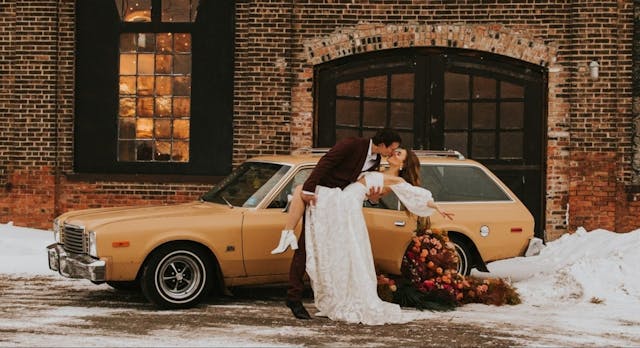
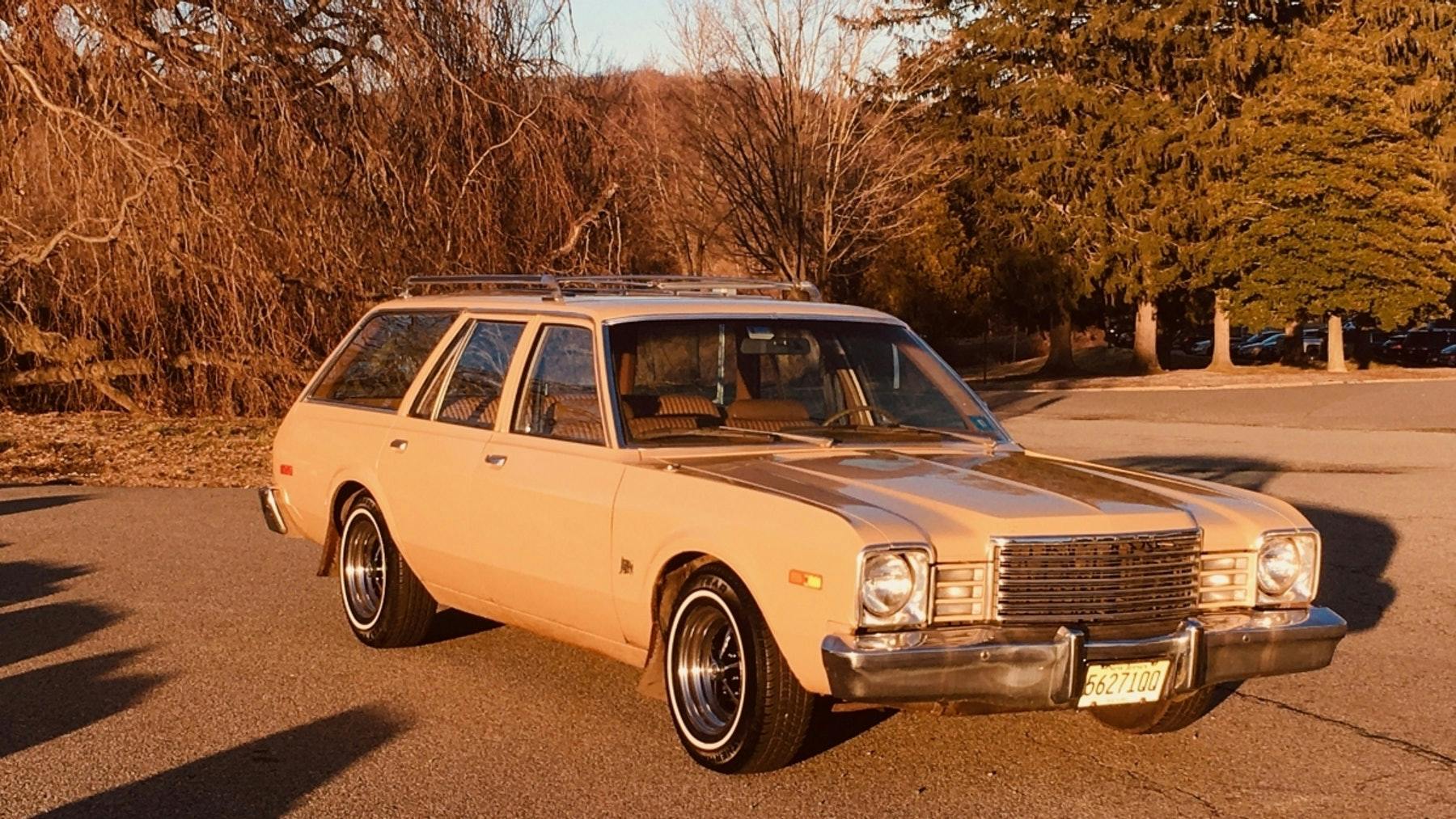
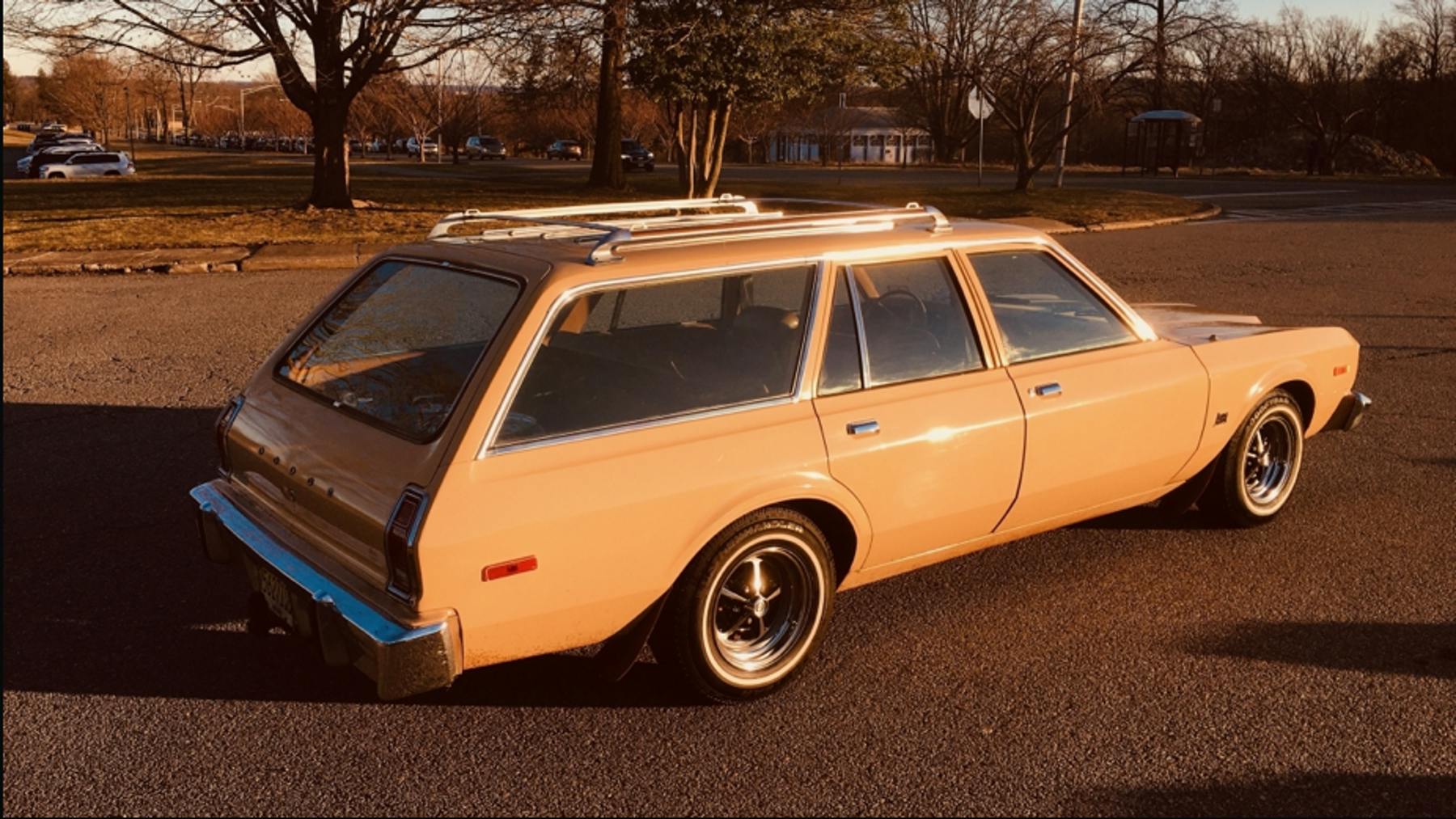
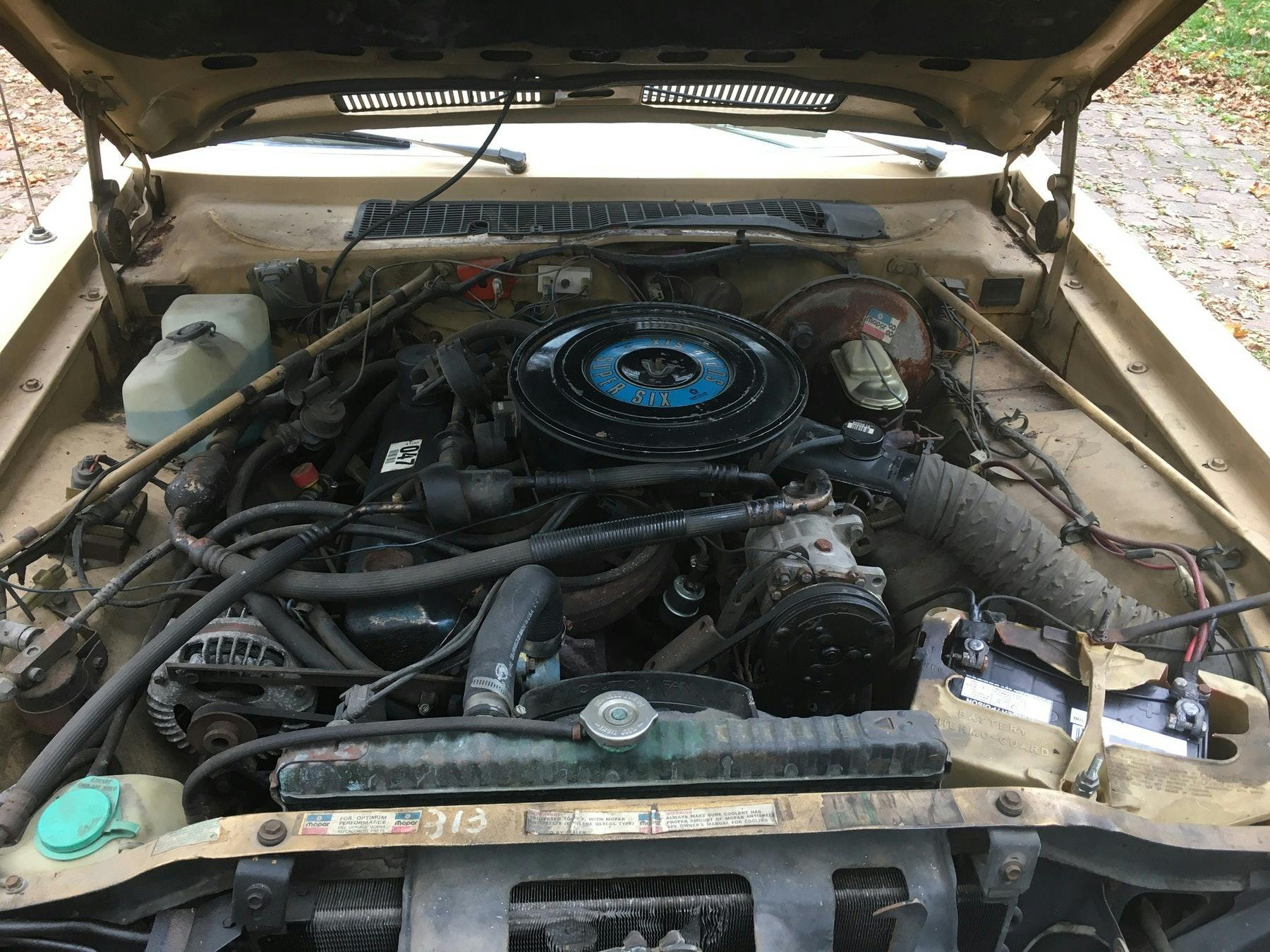

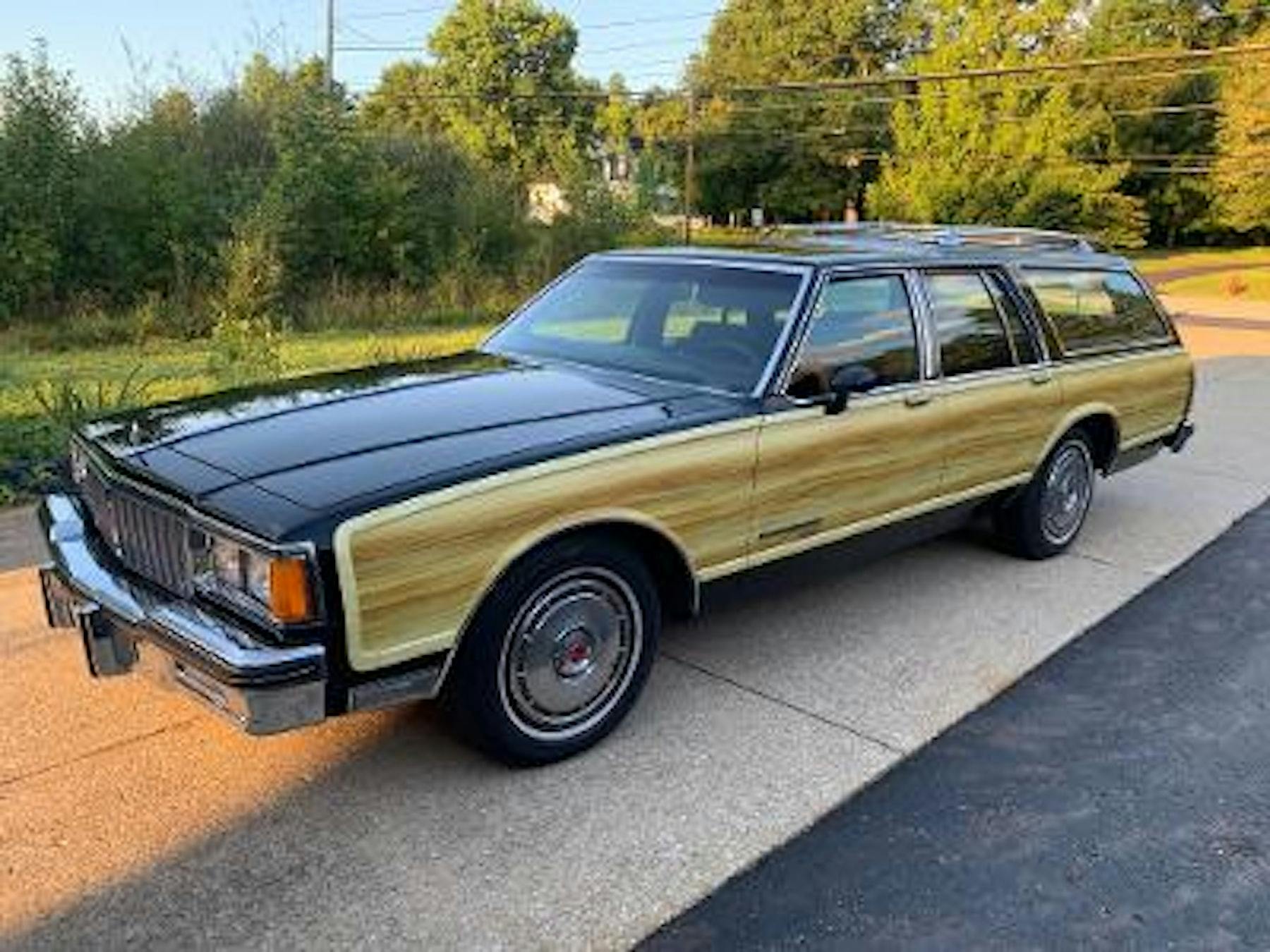
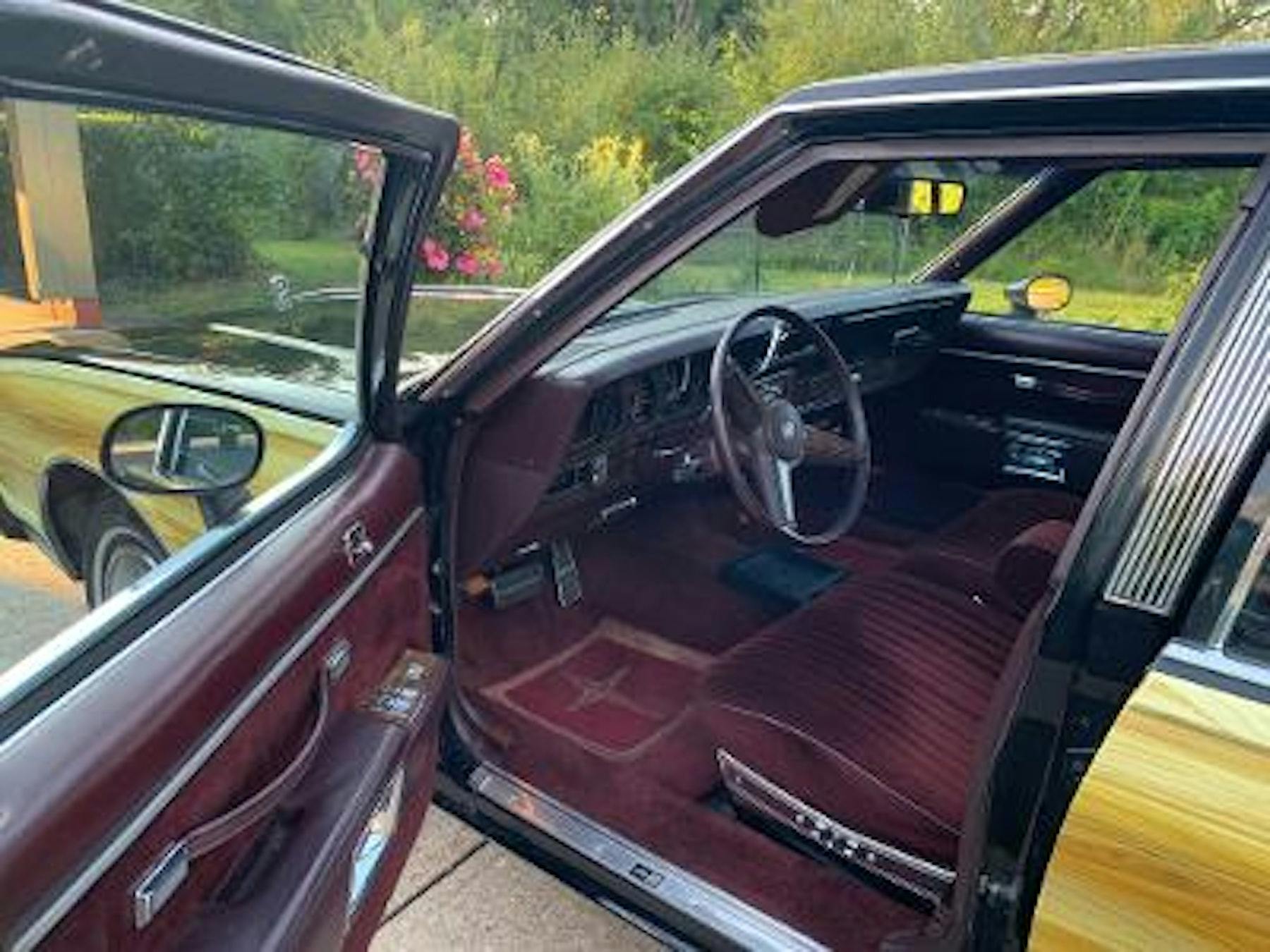
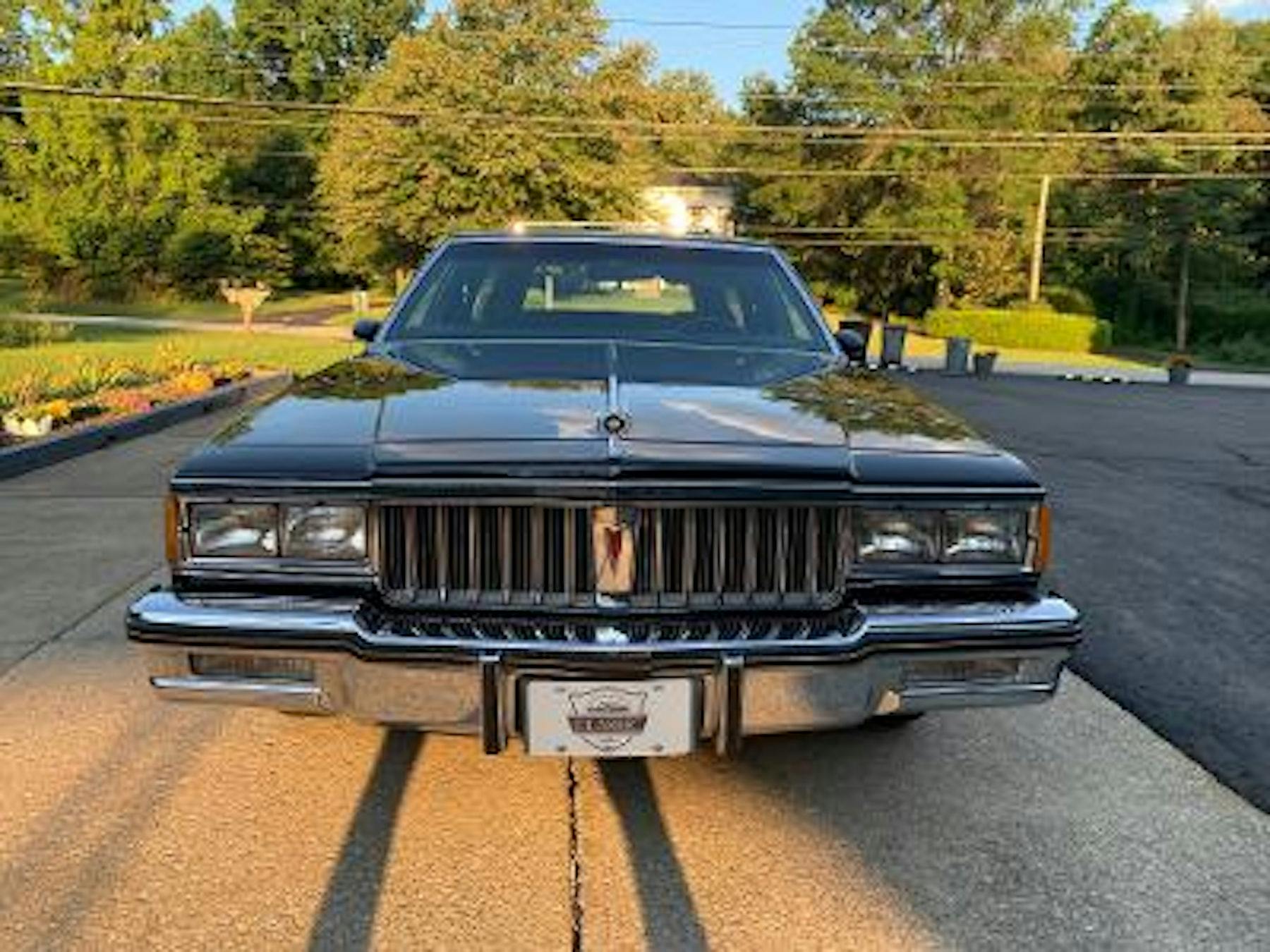

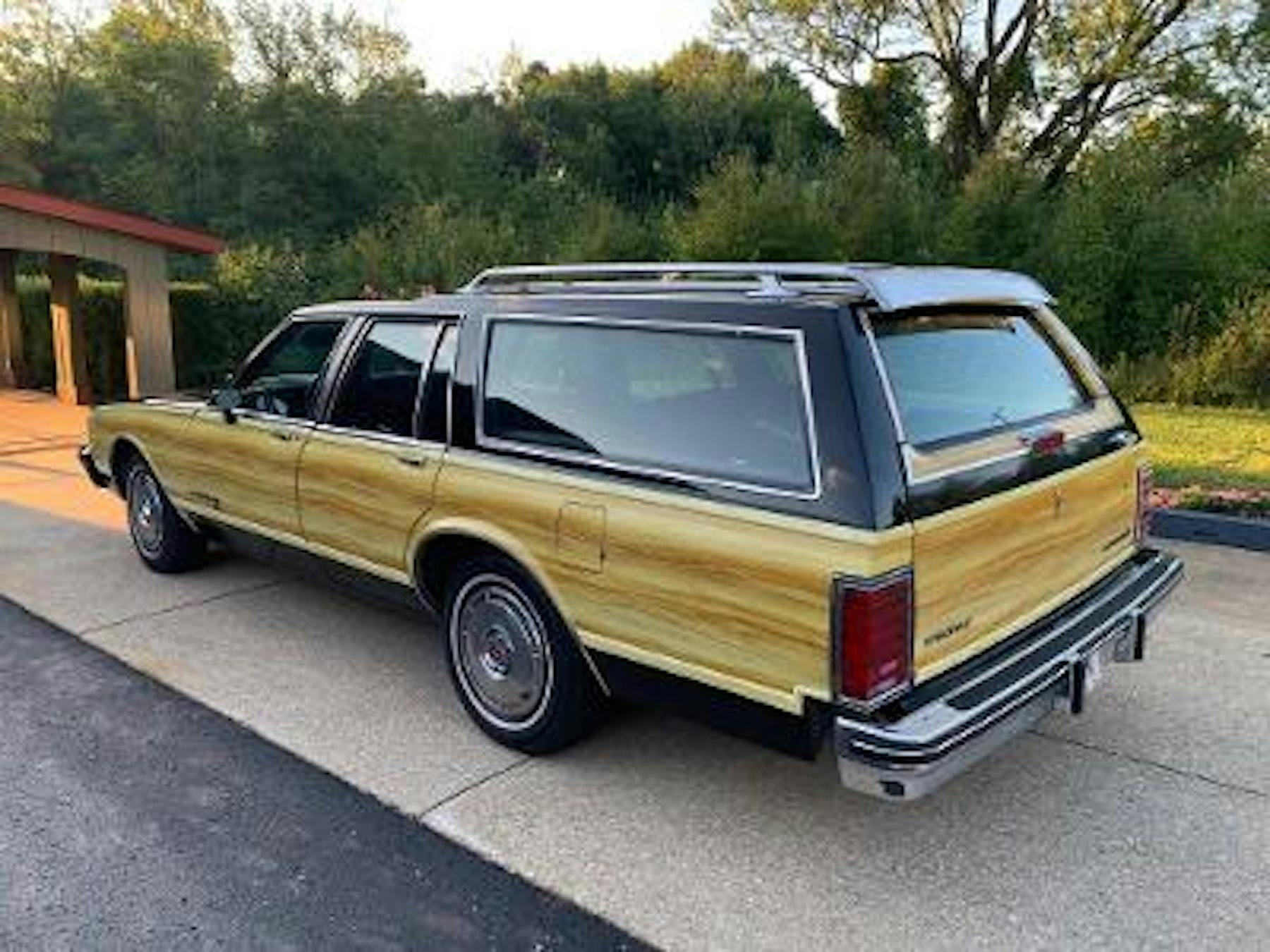

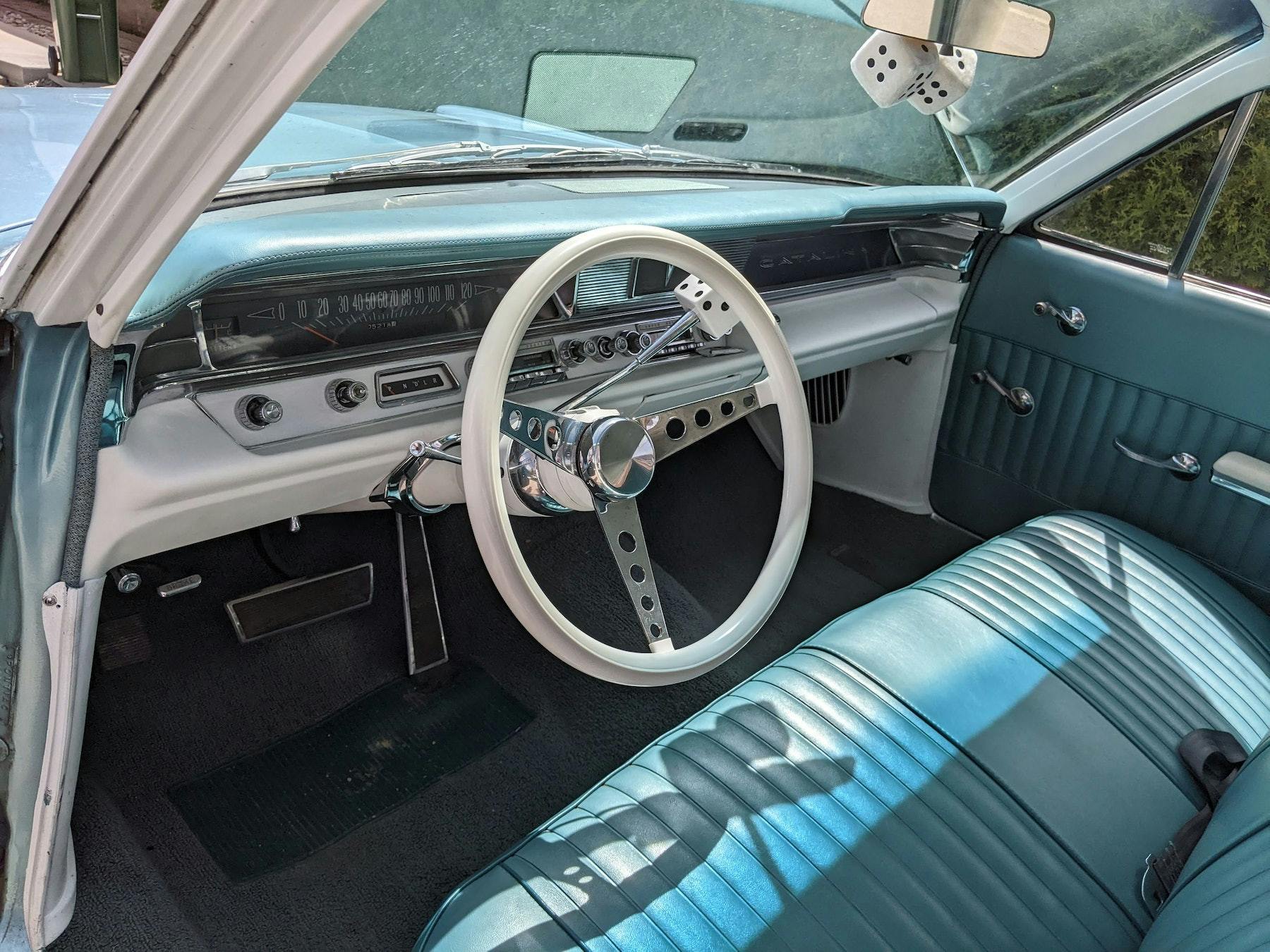
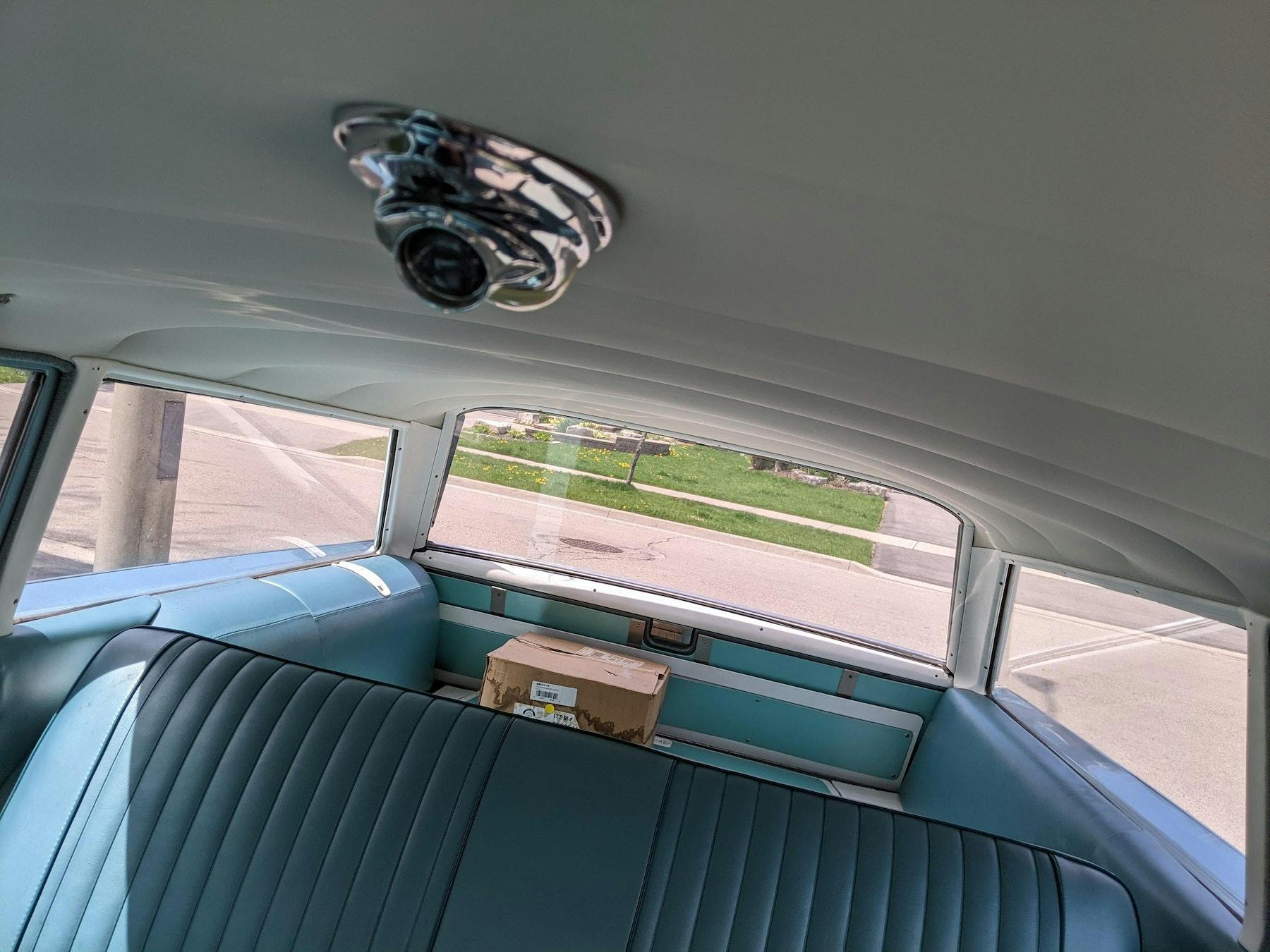
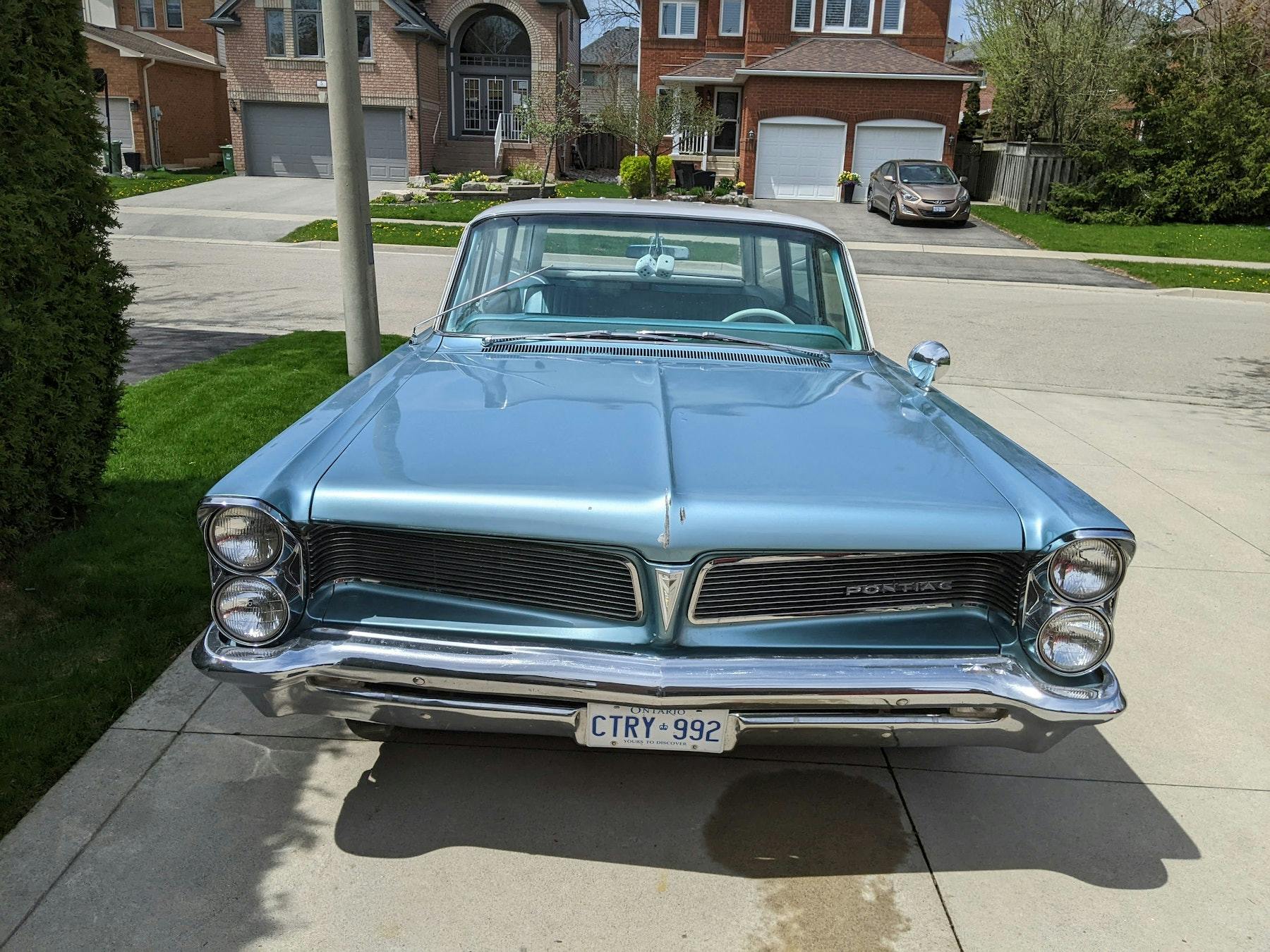
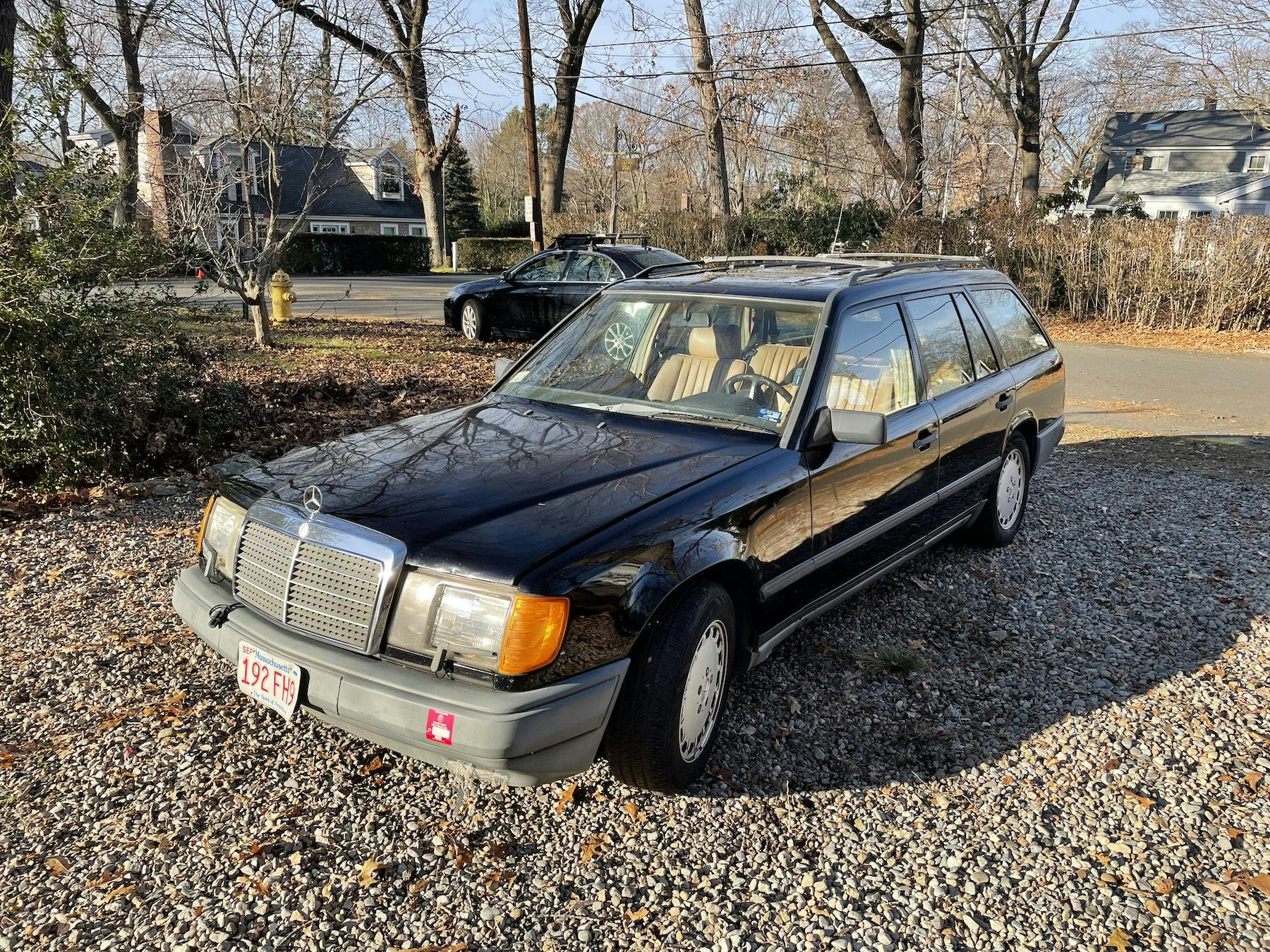
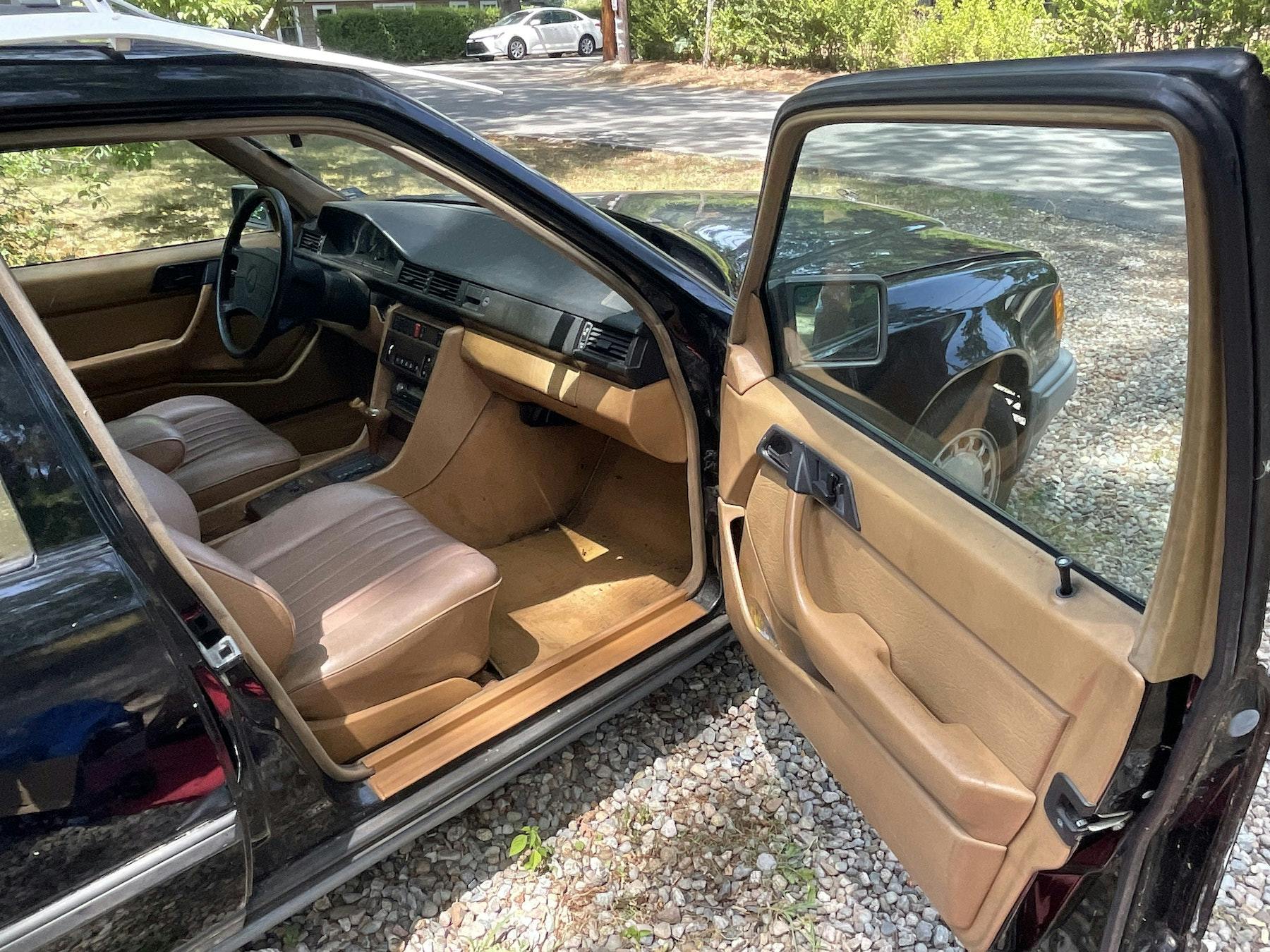

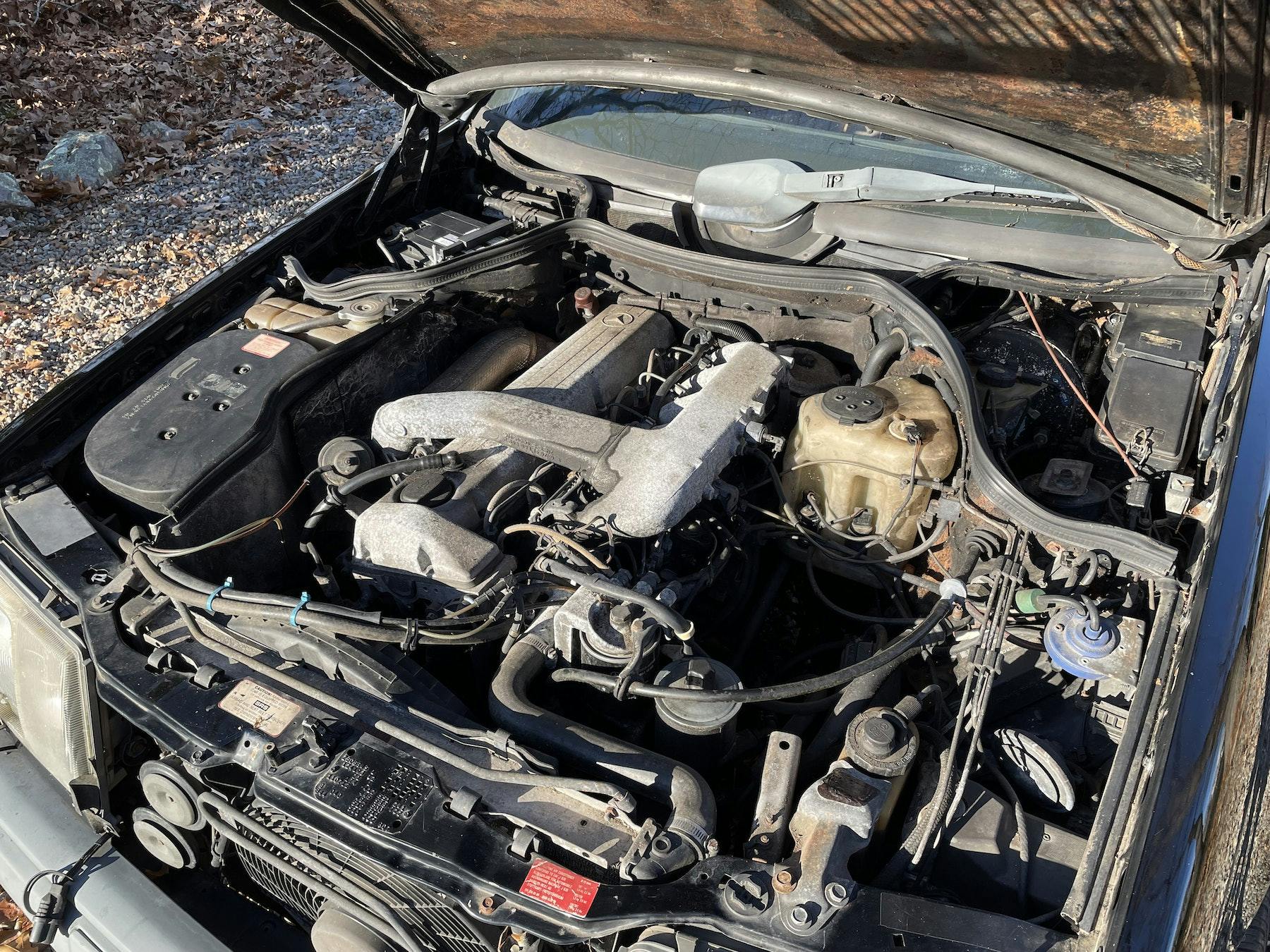
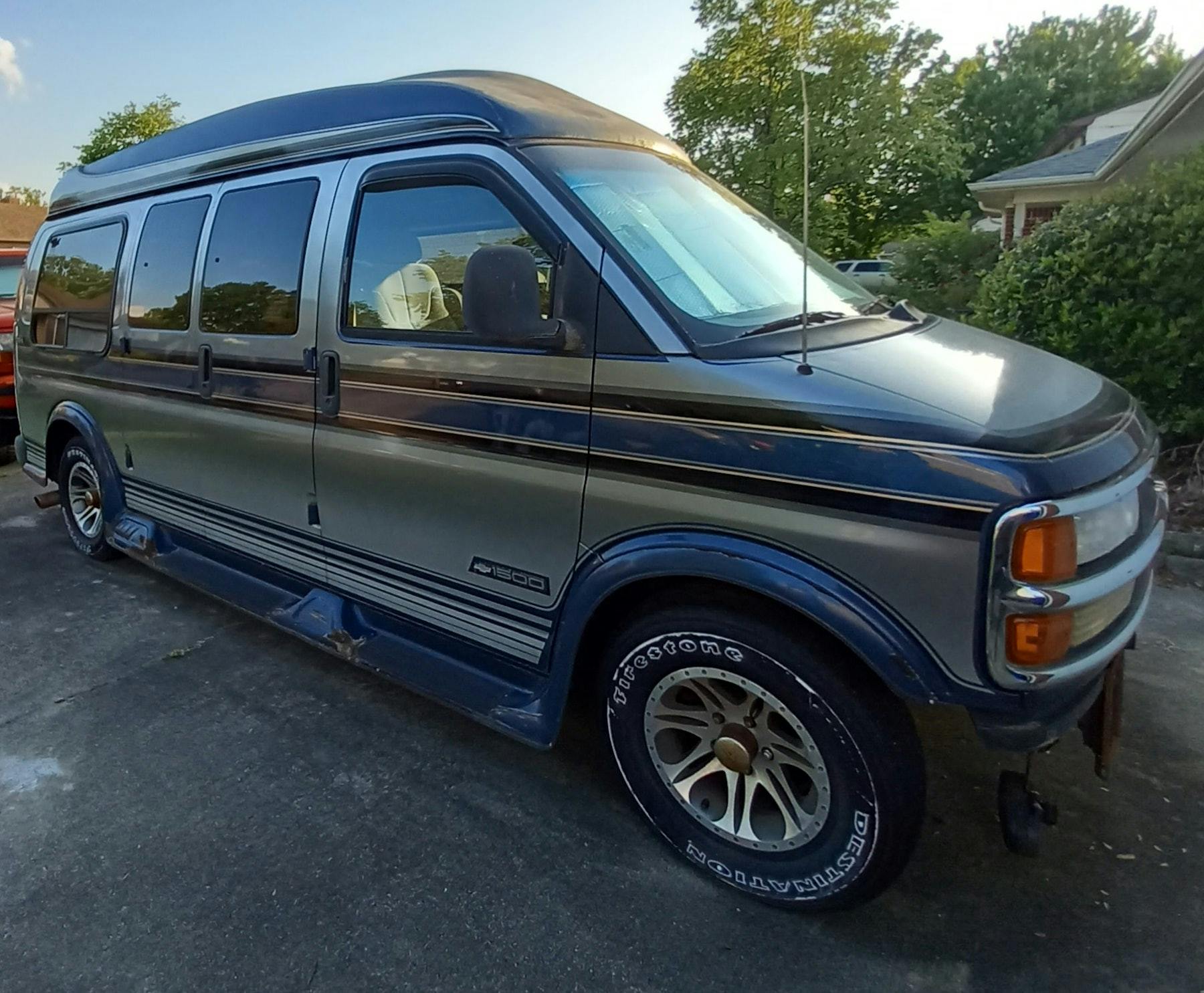
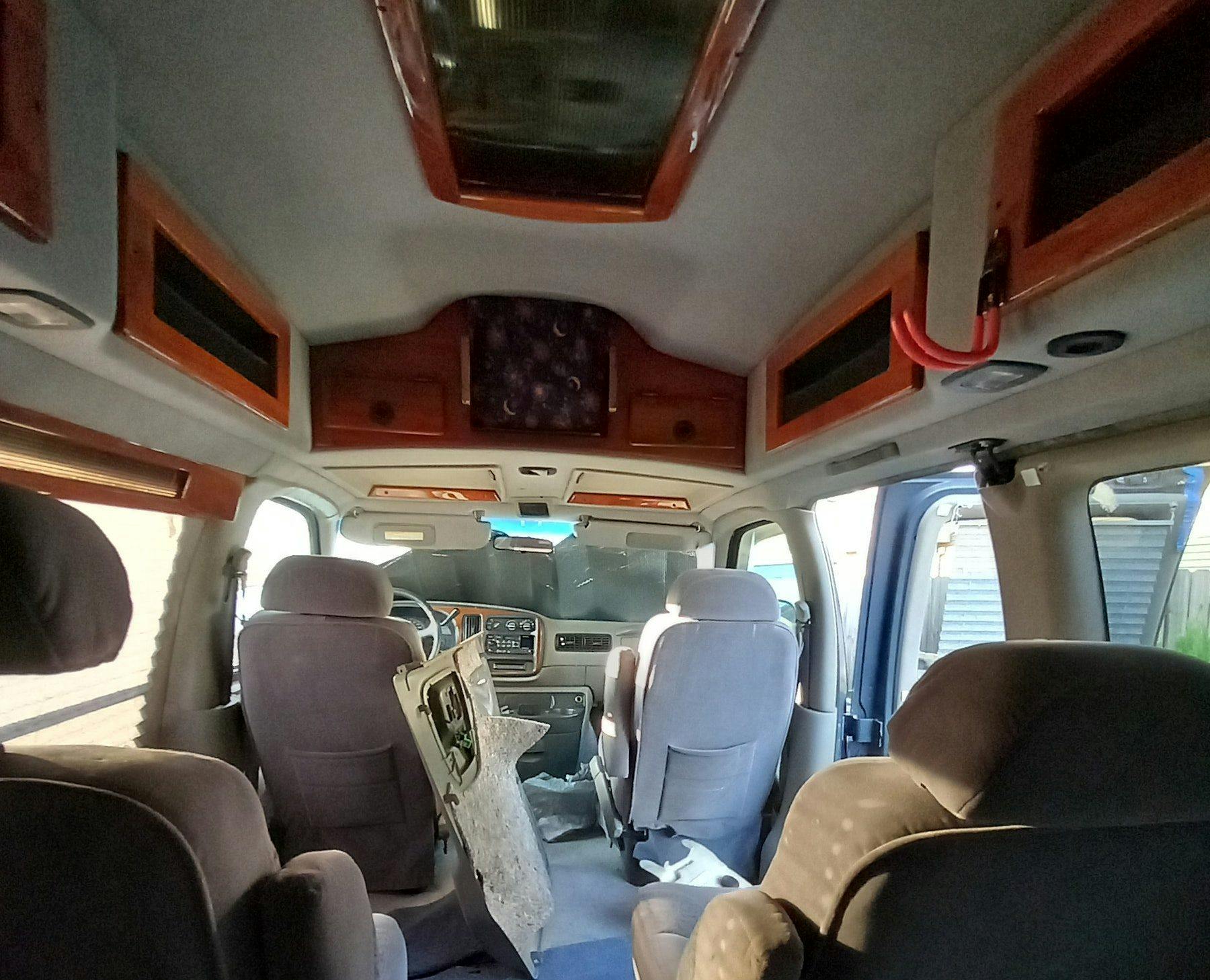





















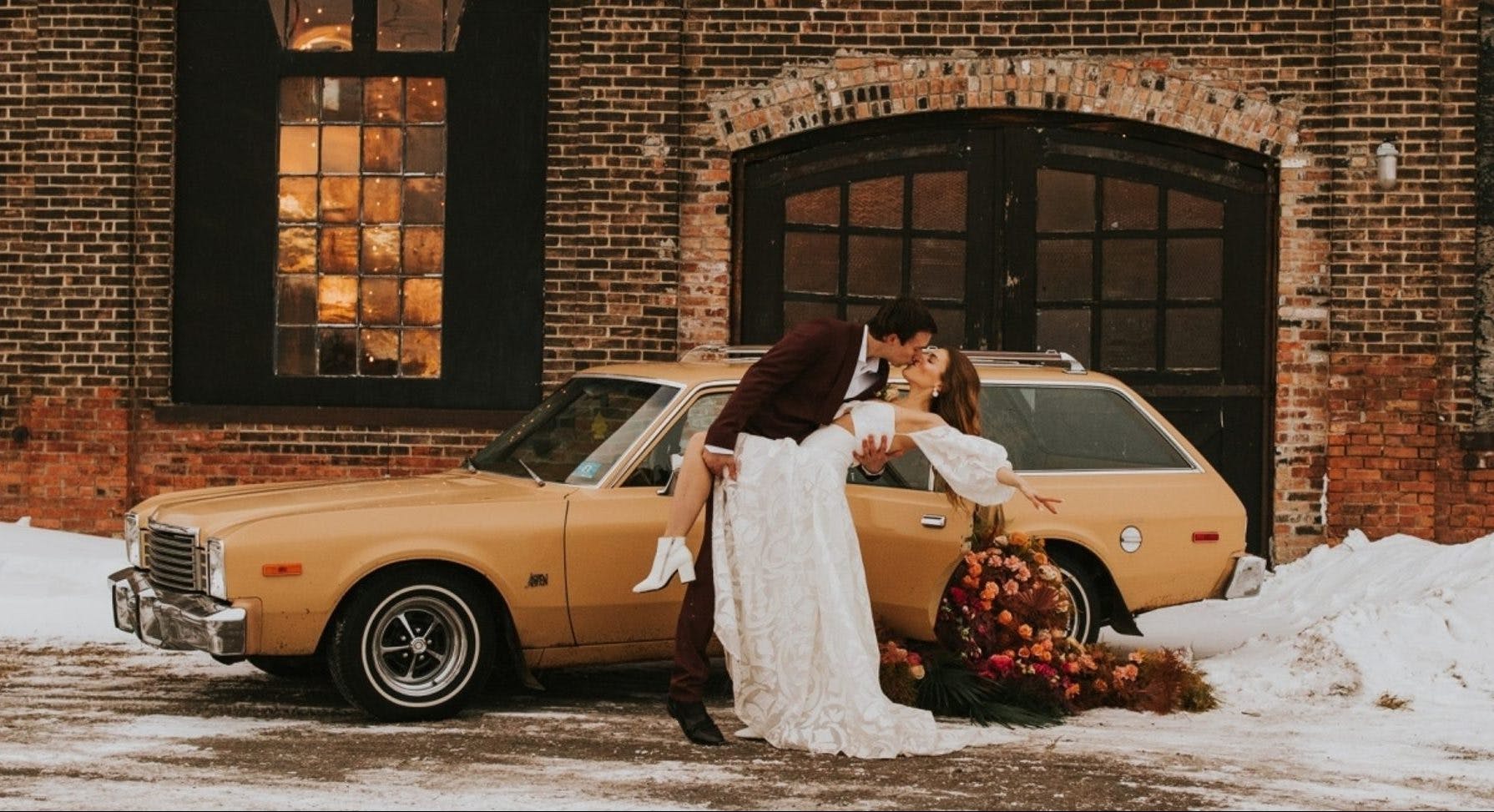
How did the only worthy wagon ever made not make it into this piece? Every body knows the Nomad was a piece of automotive art.
ob·scure /əbˈskyo͝or/adjective
not discovered or known about; uncertain.
Heaven help the person who buys the Aspen (any of them).
The 1963 Pontiac Catalina Safari is the only interesting one to me but pricey, so no thanks.
Why has no one mentioned the Buick Roadmaster? In the 1950s you could get them with real wood paneling. My cousin bought one new in the 1980s for hauling her kids around. She put them in the very back on the folding seats. She says it was for safety reasons. The car was so long that she couldn’t hear them fooling around in the back, so they didn’t drive her crazy while she was trying to drive them.
Yeah… the Aspen/Volaré line was the epitome of late 70’s disposable American automobile. And while many came with the LA engine and some with the manual 4 speed, they’re rust prone and mechanically the worst of what Chrysler put their name on. The $11k suggested price on that car is laughable. Hunt long enough and you’ll find a 1960-70 A, B or C body wagon. Chrysler Town and Country, Dodge Monaco, and Plymouth Fury wagons are great road cars and so much better for the money, it ain’t funny.
My parents had gotten a ’70 Valiant, which was so great they did not bother to do research (I’m guessing) when they bought the ’76 Volare wagon. That car had a bad habit of losing power when you pushed hard on the gas. (which a mechanic friend of mine said his shop used to widen something in the carburetor to fix. It also had much less power than the Valiant had had, probably because of the rest of the smog dampening equipment.
When the car was five years old, one day my mother was driving onto a main drag from our small suburban street, the thing started to stall, and someone rear ended her. (She wasn’t hurt.) My father’s reaction when he found out the Volare was history: “We’re well rid of that car!”
Not one of the true “long roofs” but family had a Pontiac ’65 Tempest station wagon: a great size and very versatile. 1960s version of how we use small p/u’s now.
My favorite wagon remains a 1976 Vega GT. It was fully loaded with a proper 5-speed, A/C, cloth interior, roof rack, AM/FM and the then-longest engine warranty (60,000 miles) in the industry. It got great mileage, handled wonderfully and was just generally a most useful runabout wagon. I’ve tried to find another like it, but they have mostly disappeared or become dragsters with V-8’s. Unfortunate.
Lol. Well one out of 4 is not bad. The first 3 are either rusted to the frame by now or just rare and impossible to find. The only wagons of that vintage that I actually see on the road and not car shows are the Benz and the 240 Volvos. Hard to have a list of wagons and omit the Volvo line of wagons in my opinion. 😂.
1987 was the only year you could get a Mercedes w124 wagon (“T”) with the turbodiesel in the US.
I’m surprised you didn’t include the Ford Country Squire/Mercury Marquis Colony Park station wagons.
My best friend in high school appropriated his mom’s 1969 Colony Park that had a 429 with a C-6 transmission. After having the local auto trans expert reset the shift points, installing dual exhausts, a Holley 4V and overload shocks with Michelin radials we’d blow the doors off many of the “fast” cars dragging Main on Friday nights. The trick was never to start from a dead stop. You had to have that battleship rolling to make the most of its power with the stock gears. 60 MPH in first and 90 in second delivered. The handling wasn’t much but you could slide it around corners with surprising ease whole being cosseted in a luxury interior with a/c, power windows and an AM/FM stereo radio. The height of 60’s technology.
They were not included mostly because no such example is currently for sale on the Hagerty Marketplace. Also, they aren’t terribly obscure compared to Safaris and Aspens.
Obscure, you ask? Try this on for size: Jaguar X-Type Estate. Mine is a 2005 with 200,000km (Canada, after all) with the 3.0 V6. All-wheel drive, ASC, and DVD screens in the headrests for the kiddies. They did not sell well, which is a pity. I will not be parting with mine.
I’ve got a 1955 Chevrolet BelAir , four door wagon , for sale , less than most of these listed , and neater looking . If you ask me .
My wife had an Aspen wagon while in vet college. She ended up calling it Assburn. Door froze shut in the winter so that you couldn’t get in or out. She had to leave the rear window open just enough to get it down and crawl over the seats to drive it. The engine always seemed to need some tuning and work. To solve the door problem, she drove it into the large animal stalls and let it thaw out. She got rid of it and bought a Colt wagon which was uber reliable and was in use till the first Dodge Caravans came out (nice to have a brother working in a Dodge dealership). Caravan had other problems like no fuel pickup at less than a half a tank but it ran and hauled her show dogs.
Please. Olds Vista Cruiser and AMC Hornet Sportabout.
This piece only raises questions:
1. But why?
2. SUV=Sport Utility Vehicle … what is “sporty”about them? Are they not all just “jellybean-shaped” station wagons?… oops! … “Longroofs”?
3. Vans are now “Longroofs”?
4. Hagerty: what happened to issues of “Special Interest”, “Collector”, “Classics”, Auctions?
5. Will Hagerty insure a 1993 Ford E350 ClubWagon with only 233K on the clock?
6. Anyone interested toward purchase of #5 above true “gem”? … several $K?
My first ride was a 1963 Rambler Cross Country Station Wagon with Nash seats. Drop the front back and the back forward and the wagon was a bed from dashboard to tailgate.
Only “Longroofs” of interest to me are the Real Woodies!